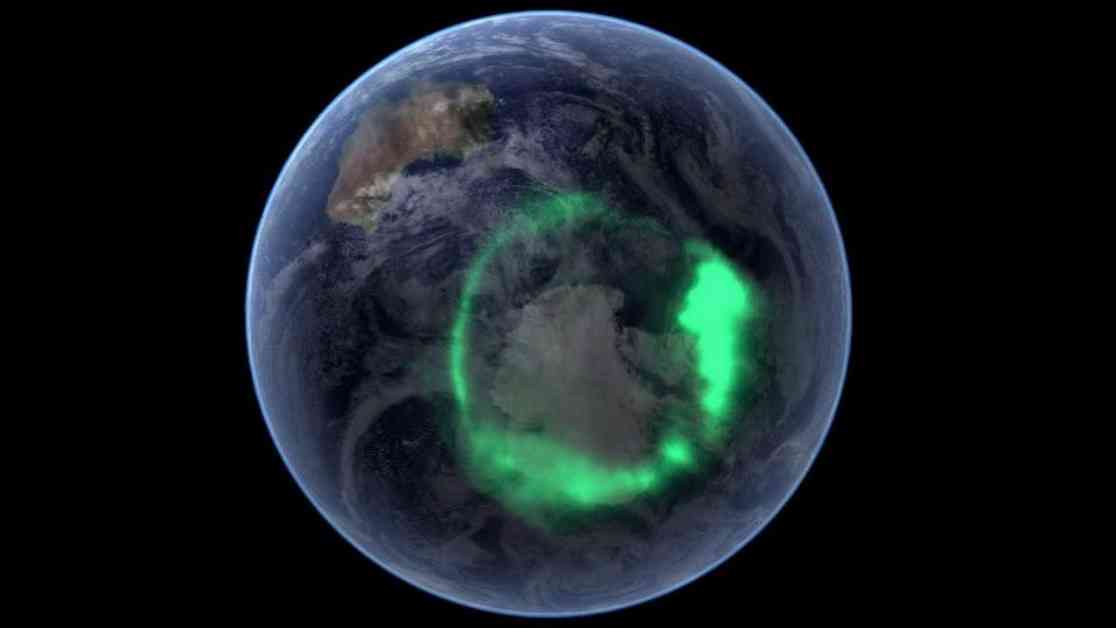The universe is a mysterious place, filled with countless wonders that we have yet to fully understand. One of the most enigmatic components of the cosmos is dark matter, a substance that makes up a significant portion of the universe but remains invisible to us. However, new research suggests that Earth’s upper atmosphere may hold the key to finally detecting dark matter.
Auroras, beautiful light displays that occur in Earth’s ionosphere, are created when charged solar particles collide with atmospheric atoms. This region of the atmosphere may not only be home to these stunning natural phenomena but also to waves of dark matter that could generate detectable radio waves.
Dark matter is a puzzling substance that has eluded scientists for decades. While most astronomers believe it is a form of matter that rarely interacts with light or normal matter, the exact nature of dark matter remains a mystery. Some theories propose that dark matter is made of massive particles, while others suggest it could be incredibly light, behaving more like waves than particles.
In a recent study published on the preprint server arXiv, physicists explored models of ultralight dark matter that could interact with normal matter in the form of radio waves. These interactions are rare but could produce detectable signals under specific conditions, such as when dark matter waves align with plasma waves in Earth’s ionosphere.
The researchers found that by using a finely tuned radio antenna to search for specific frequencies of radio waves over time, they may be able to detect these elusive signals. Earth’s ionosphere, with its natural ability to reflect radio waves and its proximity to us, offers a unique opportunity to study dark matter right in our cosmic backyard.
While this method of detecting dark matter is still highly theoretical and would require significant advancements in observational techniques, it represents a promising avenue for unraveling the mysteries of the universe. If successful, this research could provide valuable insights into one of the most enigmatic elements of the cosmos and deepen our understanding of the universe we inhabit.


